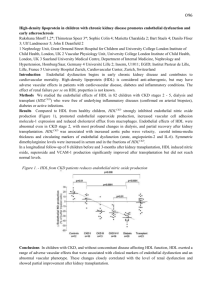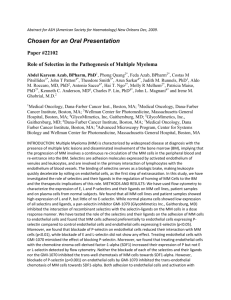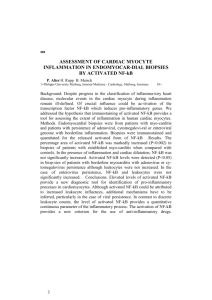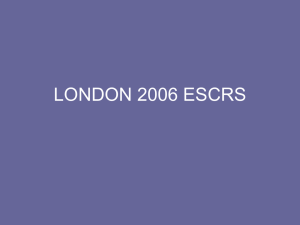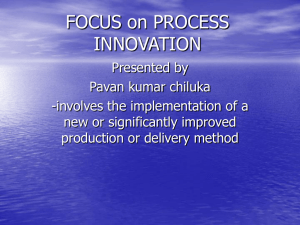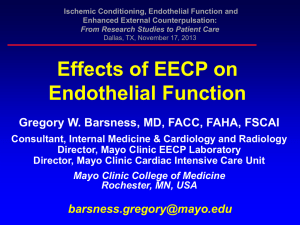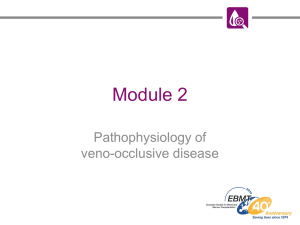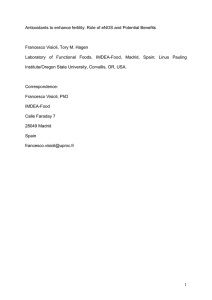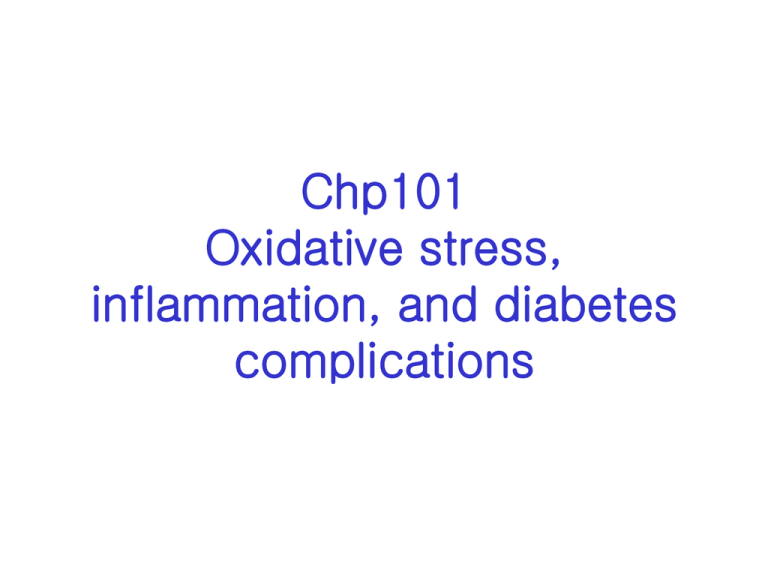
Chp101
Oxidative stress,
inflammation, and diabetes
complications
Free radical
• 유익성-microorganisms&cancer cell
• 유해성-damage of cellular structures and enzymes
lipid peroxidation
• superoxide anion
• hydrogen peroxide
• hydroxyl radical
vascular 에 대한 영향
•Endothelial cell – direct toxic effects
• VSMC – proliferation
• arachiodonic or linoleic acid metabolism
free radical & lipid peroxide
Lipoxigenase(LO)
•15-LO
•12-LO
LO product--- HPETEs
HTETs
• glucose 12-LO & 12-HETE
• VSMC migration
• PKC, oncogene activation
VSMC hypertrophy,
matrix production
MAPKs
• antioxidant OS & freeradical
V-E
V-C
Glutathione
Cysteine
Methionine
Ubiquinone
Urate
Penicillamine
V-A
Nitric oxide(NO)
L-arginine
NO
Endothelium
& other
NOS---
• inducible NOS(iNOS or typeII)
• neuronal NOS(ncNOS or typeI)
• endothelial NOS(eNOS or typeIII)
low-oxidized LDL
phy-insulin
sex hormones
proinflammatory cytokines
(TNF-a)
eNOS
eNOS
그림101.2
Oxidative state affect NO function
Superoxide anion + No peroxinitride
• hydroxyl radical
• lipoprotein oxidation
• apoptosis
Mechanisms by which elevated glucose
could lead to increased
And diabetic complications
• glucose autoxidation itselffree radical &NADPH/NAD+
HG&TNF-a have aditive effect on superoxide prooduction
• glucose
Sorbitol pathway
free radical NADPH/NAD+
※ NADPH/NAD+ change in vascular permeability&flow
• high glucose(HG) LO(expression&activity)
endothelial cell
15-HETE
HG VSMC growth
LO inhibitor
HG 12-LO
• signal transduction
HG • PKC
• MAPK, ERK1/2, C-jun amino-terminal
kinase, p38 MAPK, AP-1, NF-kB
• NF-kB regulates transcrition
• vascular endothelial growth factor(VEGF)
• proinflammatory cytokines(TNF-a, IL-1)
• vascular cell adhesion molecule-1(VCAM-1)
• advanced glycosylation end product(AGE)
※ HG OS NF-kB regulate gene expression
• HG & endothelial cell
• HGadhesion&transmigration of monocytes
• HGsuperoxide endothelial disfunction
• HGendothelial cell growth
glutathione, SOD, catalase
Association of free radicals
and advanced glycosylation end products
• glucose+proteinglycosylation products(Schiff bases&Amadori products)
H2O2
sources of superoxide radical
Amadori product • carboxymethyl-lysinefree radical reaction
• AGEsOSNF-kBendothelin-1&tissue factor
endothelial disfunction
V-E-------completely
SOD-------partially
catalase----no
LPO-catalyzed by glycated polylysine
• HGAGE13.8fold -----
in endothelial cell
• HG or AGEapoptosis -----in HUVAC cell
inhibited by a-LA
• AGE inhibitor---diabetic complications
Evidence for an enhanced oxidative state
In diabetes mellitus
DM-OS
•uncontrolled DM--SOD
•type1DM--------superoxide anion production
-LDL oxidation antioxidant defence
• poorly controlled type2 DMthiobarbituric acid
• 적혈구 막T1DM----LPO
T2DM----lipid MDA (8~10fold)
• 초기 DM renal desease-urinary excretion of 12-HETE
• DM atherosclerosis-OS & 12-LO expression
• poorly controlled T1DM-NF-kB
antioxidant--NF-kB
albuminuria ---NF-kB binding activity
• DM---antioxidant defenses
T1DM---total antioxidant capacity
T1,2DM- SOD (2fold)
T2DM- -glutathione
• enhanced OS is present in target organs during the
development of DM complications
DM nephropathy---OS---NF-kB
Nitric oxide: effects of diabetes mellitus
• rat&rabbit HG-aorta relaxation
NO
reverse
blockade of PKC & SOD
• HG--ATPase
reverse
HG effect is secondary to NO
L-arginine or sodium nitroprusside
• STZ- DM rat - OS was associated with eNOS&nNOS
• in human T2DM-NO action
(hyperlipidemia, insulin resistance, hypertension, altered ions(Ca, Mg),
• DM influence NO action and metabolism
• superoxide anione+NO=peroxinitrite
membrane damage&LPO
• AGEsNO action
• aminoguanidine(inhibitor of NO)
AGE
NOS
NO production
(no action)
Normalizes DM-induced
vascular dysfunction
Therapeutic implications of antioxidants
for the prevention of diabetic complications
• OS (hyperglycemiaDM complication)
※ V-E prevent vascular disease in nondiabetic subject
V-E- DM?
※ LA-NF-kB (induced by TNF-a and AGE)
LA-OS
prevent DM nephropathy,
neuropathy, retinopathy
※ coenzyme Q10 superoxide improve endothelial function
• insulin and vascular complication
low PI3K eNOS vasodilation
high c-myc, MAPK, cell growth may have proatherogenic action
• diet and vascular complication
oxidized lipids in the diet
magnesium deficiency
Inflammation and macrovascular
diabetic complication
Oxidised LDL, AGE, chronic infection
IL-1, IL-6, TNF-a
Increased monocyte adhesion
Atherosclerotic plaque rupture
• HGinflammation, OSmonocyte adhesion
Inflammatory stimuli
endothelial cell
• endothelial cell IL-8
monocyte interaction
AP-1,CHO-RE
Oxidized LDL, TNF-a
• adhesion molecular
※ ICAM, VCAM, E-selection, P-selection
※ ligands—LFA-1, Mac-1, VLA-4, PSGL-1
※ soluble cell adhesion molecules (sCAMs)—T2DM death risk
• TNF-a, IL-6
acute-phase proteinsC reactive protein(CRP)
Marker
Myocardial infarction and stroke
Role of PPARs
• PPAR- and proinflammatory cytokine atherosclerosis
• TNF-a, IL-1a and , IL-6 decrease PPAR- in adipocytes
IL-4 induces PPAR- in monocytes
9-and 13-HODE increase PPAR- mRNA in macrophages
• TZDs effect
•
•
•
•
ROS
PAI-1
CCR2
VSMC proliferation
Role of the Renin-Angiotensin system
• angiotensin II AP-1, STAT family, NF-kB
•ACE-inhibitor VCAM-1 in T2DM
•ACE inhibitor
myocardial infarction, stroke,
cardiac arrest, heart failure,
and mortality
conclusion
OS and inflammation have an important role
in the development of Diabetic microvascular
and macrovascular complications

